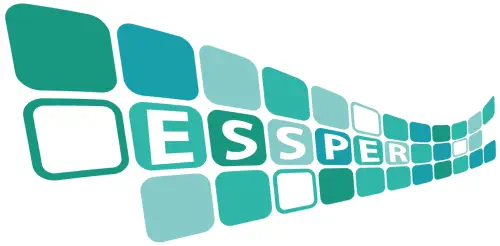Associazione ESSPER
periodici italiani di economia, scienze sociali e storia
periodici italiani di economia, scienze sociali e storia

Cinema & Cie - 2013
Risultato della ricerca: (26 titoli )
| The Cinematic Performance of the Real: Aesthetics, New Realism, and Cinema |
Cinema & Cie - 2013
| Concept-Cognitive Mapping: Third Cinema as Cartography of Global Capitalism |
Cinema & Cie - 2013
| De-Location "Indipendence:" The Discourse on Southeast Asian Indipendent Cinema |
Cinema & Cie - 2013
| Extended Cinema: The Performative Power of Cinema in installation Practices |
Cinema & Cie - 2013
| Is Cinema Contagious? Transnationalism and the Case of Korea |
Cinema & Cie - 2013
| Lukács, prècurseur d'une esthétique géopolitique? Le concept de totalité au service du cinéma postcolonial |
Cinema & Cie - 2013
| Moving Pictures and People across the U.S.-Mexico Border: The Critical Reception of Sin nombre and The Three Burials of Melquiades Estrada |
Cinema & Cie - 2013
| Peripheral Realisms: The Regional and Transnational Dynamic of Contemporary Brazilian Cinema |
Cinema & Cie - 2013
| Preface |
Cinema & Cie - 2013
| Projects and Abstracts |
Cinema & Cie - 2013
| Reviews |
Cinema & Cie - 2013
| The Rhetoric and Aesthetics of World Cinema: Film Studies as a Place for the "Persistence of Geography" in Contemporary Cinema |
Cinema & Cie - 2013
| Transnational Subjects in a Multiple Europe: Auf der anderen Seite and Almanya: Willkommen in Deutschland |
Cinema & Cie - 2013
| Traveling Styles: Or the Challenge of Approaching Commercial Hindi Cinema as World Cinema |
Cinema & Cie - 2013
| Cambriolage moderne. Pathé, la troupe des Price et la tradition de la pantomime Anglaise |
Cinema & Cie - 2013
| Camera Distance and Max Linder at Pathé Frères |
Cinema & Cie - 2013
| Dear Photograph: Online Pictures and Traces of the Past |
Cinema & Cie - 2013
| Du comique dans les catalogues Pathé : littérarité et intermédialité dans les résumés de films |
Cinema & Cie - 2013
| Filmer le théâtre comme un sujet de cinéma : le point de vue du spectateur dans Max joue le drame (Pathé 1914) |
Cinema & Cie - 2013
| Le montage alterné chez Pathé : coupe d'ordre actoriel et coupe d'ordre narratoriel |
Cinema & Cie - 2013
| Pathé et l'institutionnalisation du cinéma |
Cinema & Cie - 2013
| Portraits de la Hollande |
Cinema & Cie - 2013
| "Protéger sans censurer" : la politique de classement des films de sexploitation au Québec |
Cinema & Cie - 2013
| Le regard attractionnel : entre opacité du médium et immersion du spectateur |
Cinema & Cie - 2013
| Les relations entre Pathé et Méliès : aux sources du cinéma industriel et du cinéma indépendant (1908-1913) |
Cinema & Cie - 2013
| Les tableaux animés de la production Pathé |
Cinema & Cie - 2013
